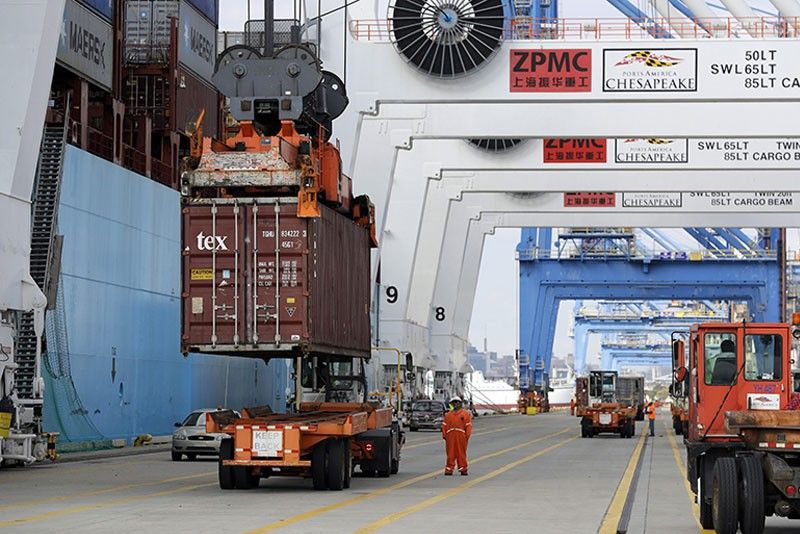Philippine current account deficit swells to $2.52-B in 2017

The wide current account gap in 2017 was more than twice the $1.2 billion deficit recorded in 2016, and was equivalent to 0.8 percent of the Philippines’ gross domestic product.
MANILA, Philippines — The Philippines posted a current account deficit of $2.52 billion last year on the back of wider trade gap that offset receipts from the country’s business process outsourcing sector, the Bangko Sentral ng Pilipinas reported Friday.
The wide current account gap in 2017 was more than twice the $1.2 billion deficit recorded in 2016, and was equivalent to 0.8 percent of the Philippines’ gross domestic product.
“This developed on account of the widening trade-in-goods deficit which more than offset the increased net receipts in the trade-in-services, and secondary and primary income accounts during the year,” the BSP said.
The Philippines had finished 2017 posting its largest ever annual trade deficit, pressuring the peso which is hovering near a 12-year low against the greenback.
The ballooning trade gap came as demand for imports of construction-related goods gets a boost from President Rodrigo Duterte’s P8.44-trillion infrastructure program.
The increasing capital goods imports due to the infrastructure boom brought the country’s current account surplus to a deficit, which is expected to further swell and undermine the peso.
The current account position is an important indicator about the economy’s health. It is the sum or the balance of trade in goods and services less imports as well as the net income from abroad and net current transfers.
For this year, the central bank expects a current account deficit of $700 million, accounting for 0.2 percent of GDP. The monetary authority earlier said worries should arise only if the ratio breaches the international ceiling of 5 percent.
"But the outlook is that it should remain pretty much manageable,” said Francisco Dakila Jr., BSP managing director for the monetary policy sub-sector.
- Latest
- Trending























